Hey there! So, have you ever found yourself scrolling endlessly through phone specs, wondering which smartphone actually fits your life? Yeah, me too. Choosing a new phone isn’t just about fancy cameras or shiny screens anymore — it’s about what clicks with your daily hustle, your vibe, and yeah, sometimes, your budget (because who wants to break the bank, right?).
Well, sit tight, because over the past few weeks, I’ve been putting the latest smartphones through their paces — and I’m here to spill the beans on the Top 10 smartphones you can grab right here in the Philippines in 2025. Whether you’re a camera buff, a hardcore gamer, or loyal to one of the top smartphone brands in the Philippines,I’ve got you covered.

Editor
Lloyd Kelly Miralles chevron_right
Table of Contents
Buying Guide: How to Choose a Smartphone
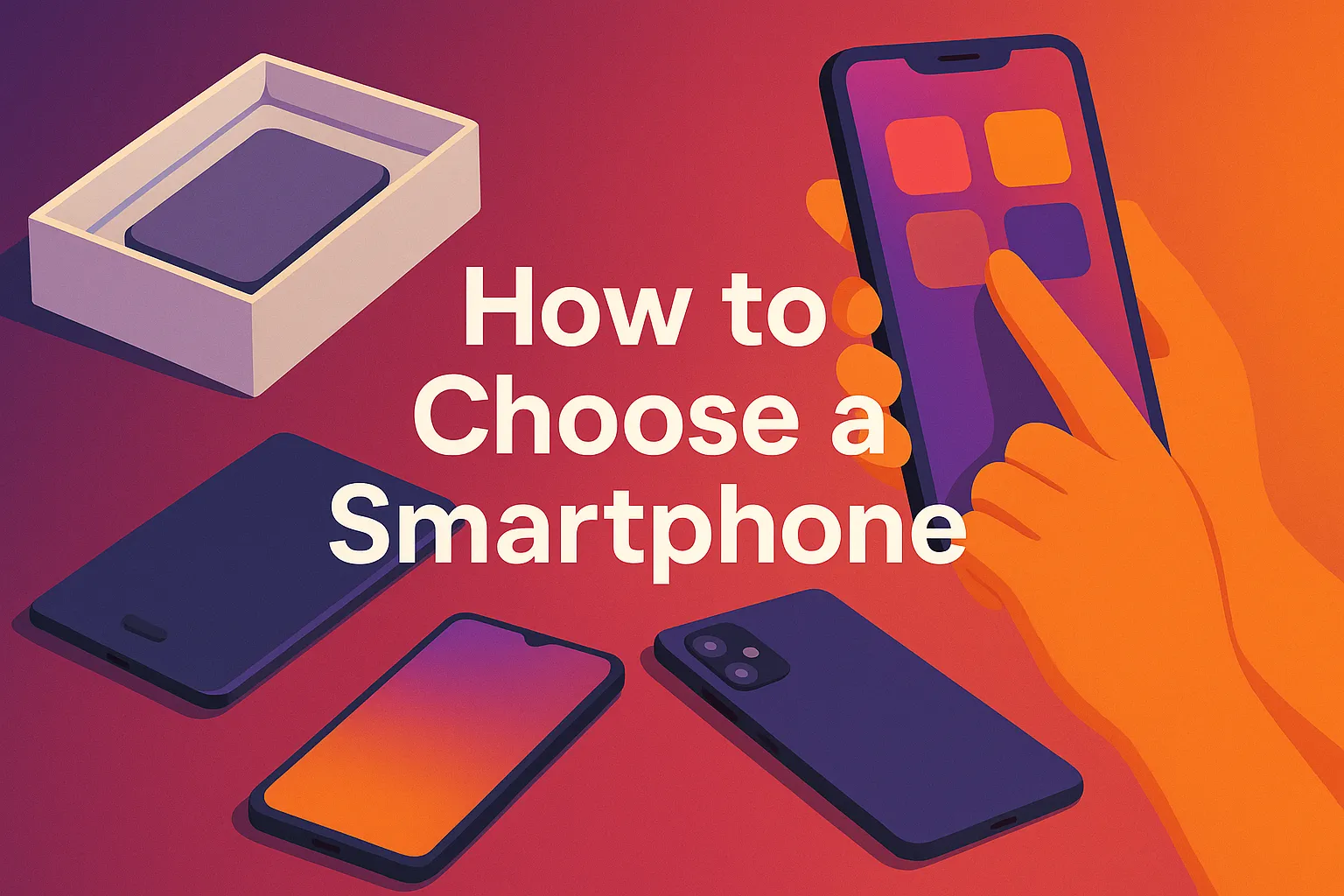
Buying a phone today can feel confusing. There are too many choices, too many features, and way too many numbers. But don’t worry. Here are some guide to help you choose a smartphone in the Philippines without the tech talk or sales pressure.
Whether you’re buying a phone for school, work, gaming, or just everyday use, we’ll walk through what matters, what doesn’t, and what’s worth your money.
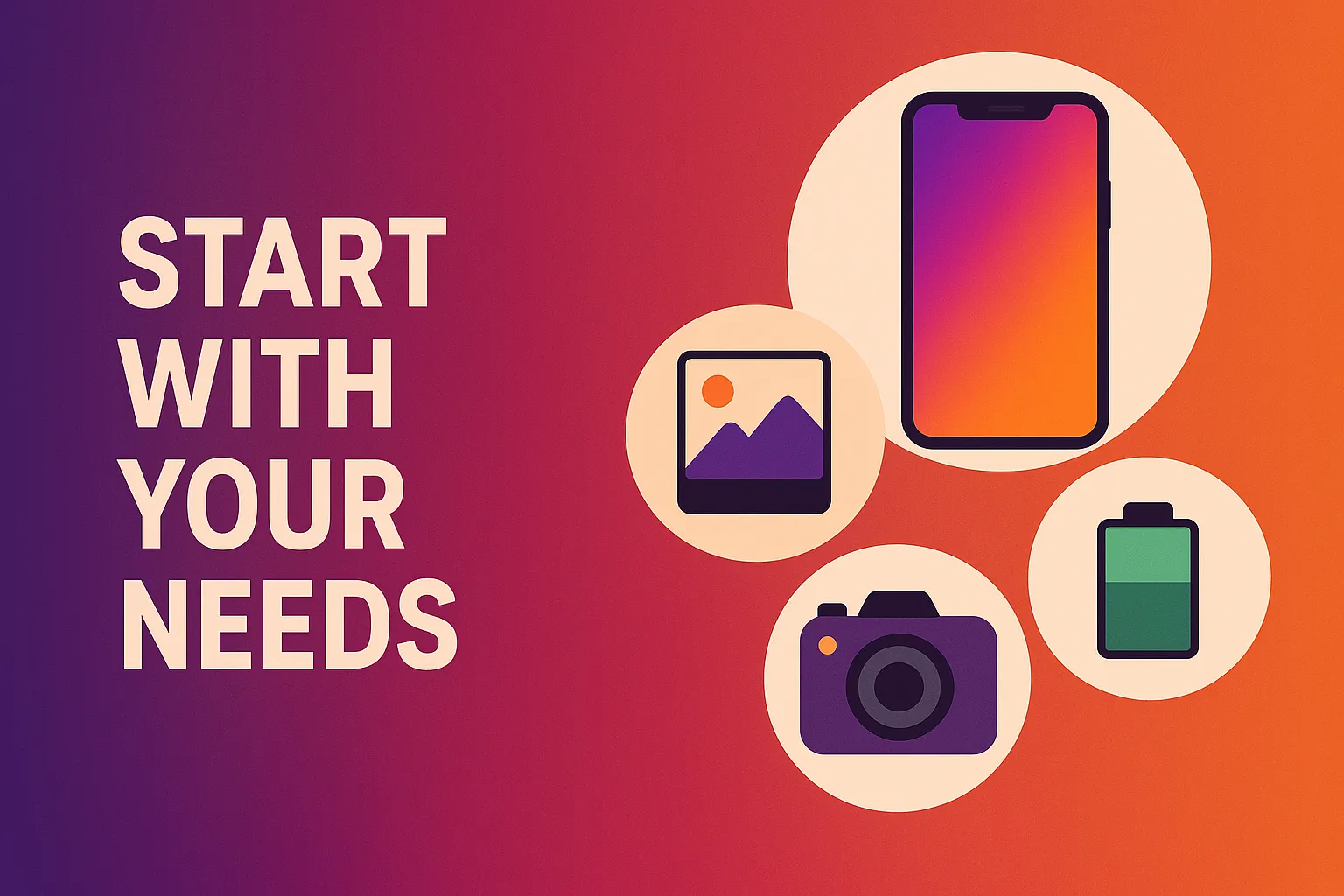
Start With Your Needs
Before looking at specs or brands, ask yourself a simple question: What do I need this phone for?
That one question will save you from overpaying or getting features you’ll never use.
Here’s a quick guide:
- ₱5,000–₱9,000: Best for light use—social media, calls, messages, and a little YouTube.
- ₱10,000–₱15,000: Great for students, casual gamers, or anyone who uses their phone every day.
- ₱15,000–₱25,000: Good for gaming, content creation, or people who use lots of apps.
- ₱30,000 and up: Ideal for heavy users, creative work, business, or anyone who wants the best of everything.
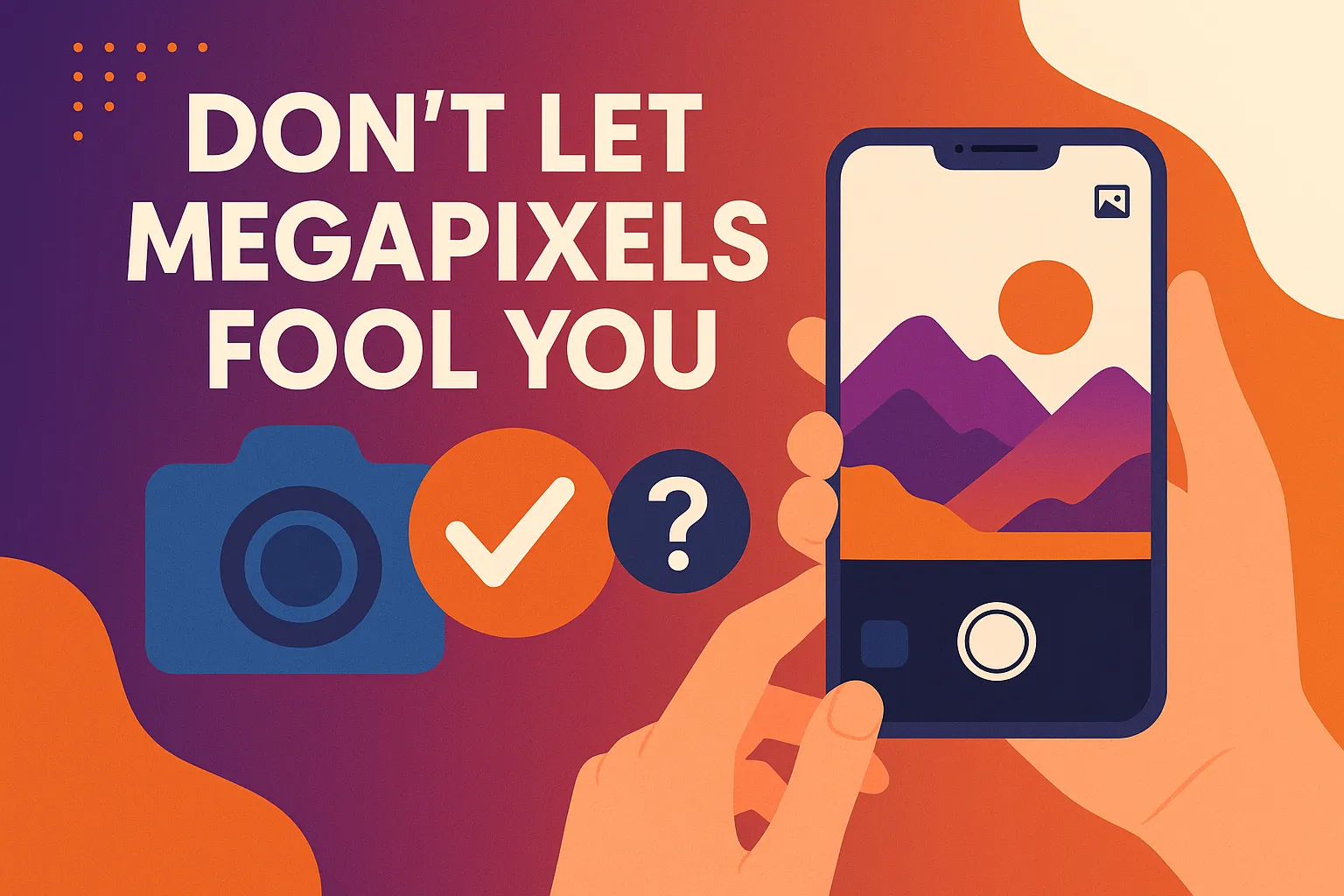
Don’t Let Megapixels Fool You
A camera with a big number (like 108MP) doesn’t always take better photos. What matters more is how well the phone handles light, color, and focus.
Look for features like:
- OIS (Optical Image Stabilization) to help reduce blur
- Good night mode for low-light shots
- 4K video recording if you like making videos
- Ultrawide lens for group or scenery shots
Front cameras also matter—especially if you take selfies, join video calls, or record content. And don’t forget audio. Some phones have better microphones than others.

What Keeps the Phone Fast
A good processor helps your phone run fast and smoothly. If your phone lags, it’s probably due to an older chip or not enough memory. For simple tasks like browsing or chatting, budget chips like Helio G85 or Unisoc T606 are okay. For smoother gaming or multitasking, try phones with:
- MediaTek Dimensity 7200
- Snapdragon 7+ Gen 2
- Or newer versions of those chips
Try to get at least 8GB of RAM. That’s enough for most people. Also, go for 128GB of storage or more, so you don’t have to delete apps and photos all the time.
Phones with UFS storage are also faster when opening apps or loading games. If you see "eMMC," it’s slower but common in cheaper phones.

Battery Life & Charging: Stay Ready
These days, you should expect at least a 5,000mAh battery. That’s the standard, and it usually lasts a full day or more.
Charging speed matters too. Some phones charge in over 2 hours. Others can charge from 0 to 100% in just 30 minutes.
Try to get a phone that charges at 33W or faster. 67W or more is even better if you're always in a rush.

The Display: Looks Do Matter
The screen is what you look at every day, so don’t ignore it.
AMOLED screens are brighter, clearer, and show better colors than regular LCD screens. They also save more power when you use dark mode.
Also, look at the refresh rate. 90Hz or 120Hz makes scrolling feel smooth and fast. It's a small detail, but it really improves how the phone feels.
Most people prefer phones with screens around 6.5 to 6.8 inches. That’s big enough for watching videos and gaming, but still fits in your hand or pocket.
If a fold-out screen intrigues you, our best foldable phones list compares the leading Z Fold, Flip and more. productnation
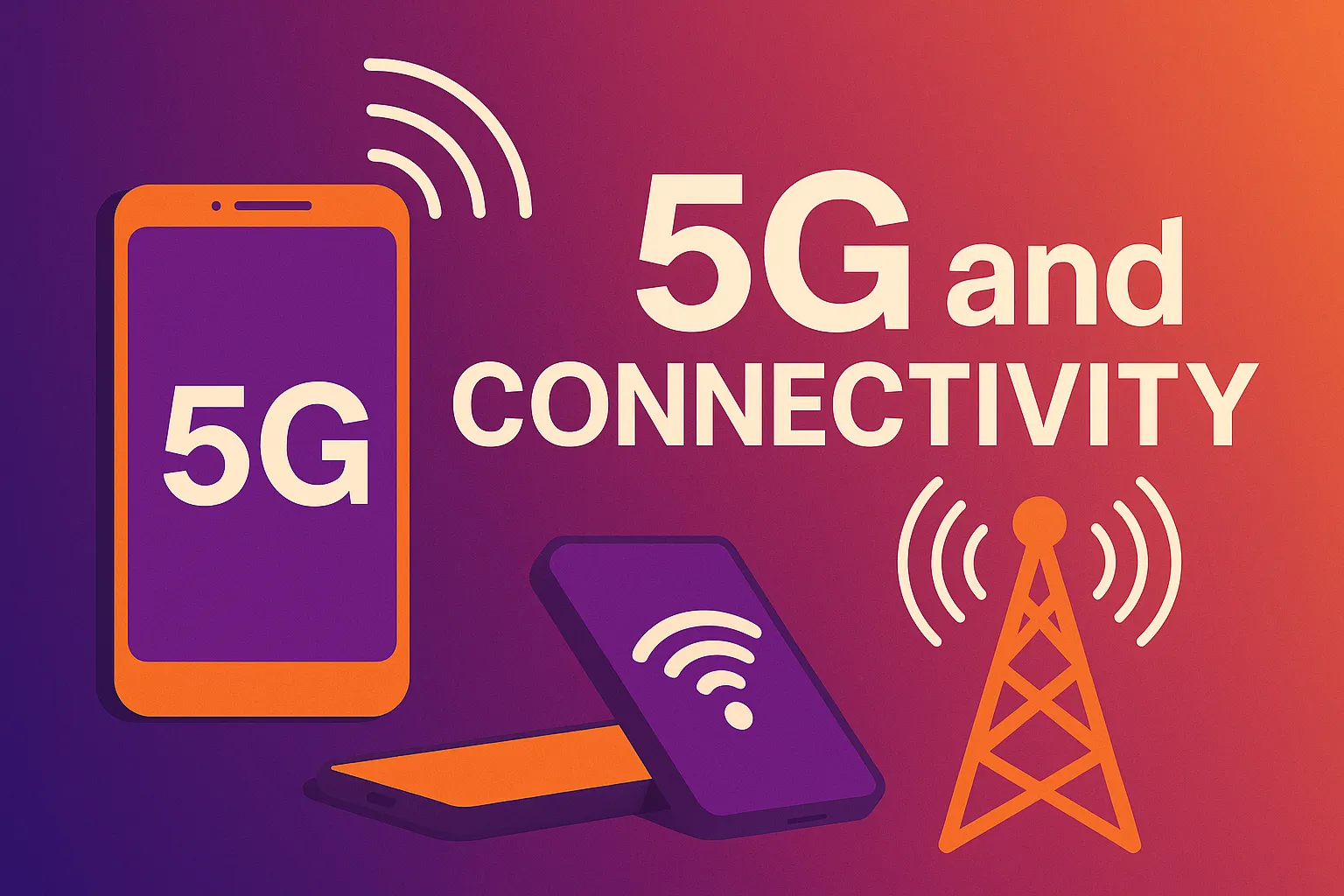
5G and Connectivity: Worth Having Now
5G is now available in many cities in the Philippines. It’s not everywhere, but it’s growing fast.If you live in an area with 5G (such as Metro Manila or Cebu), it’s worth getting a 5G phone. You’ll get faster downloads, smoother video calls, and better performance in busy areas.
Make sure your phone also has:
- Dual SIM support if you use two numberse
- SIM if you want to skip physical SIM cards
- Wi-Fi 6 and Bluetooth 5.3 for better wireless connections
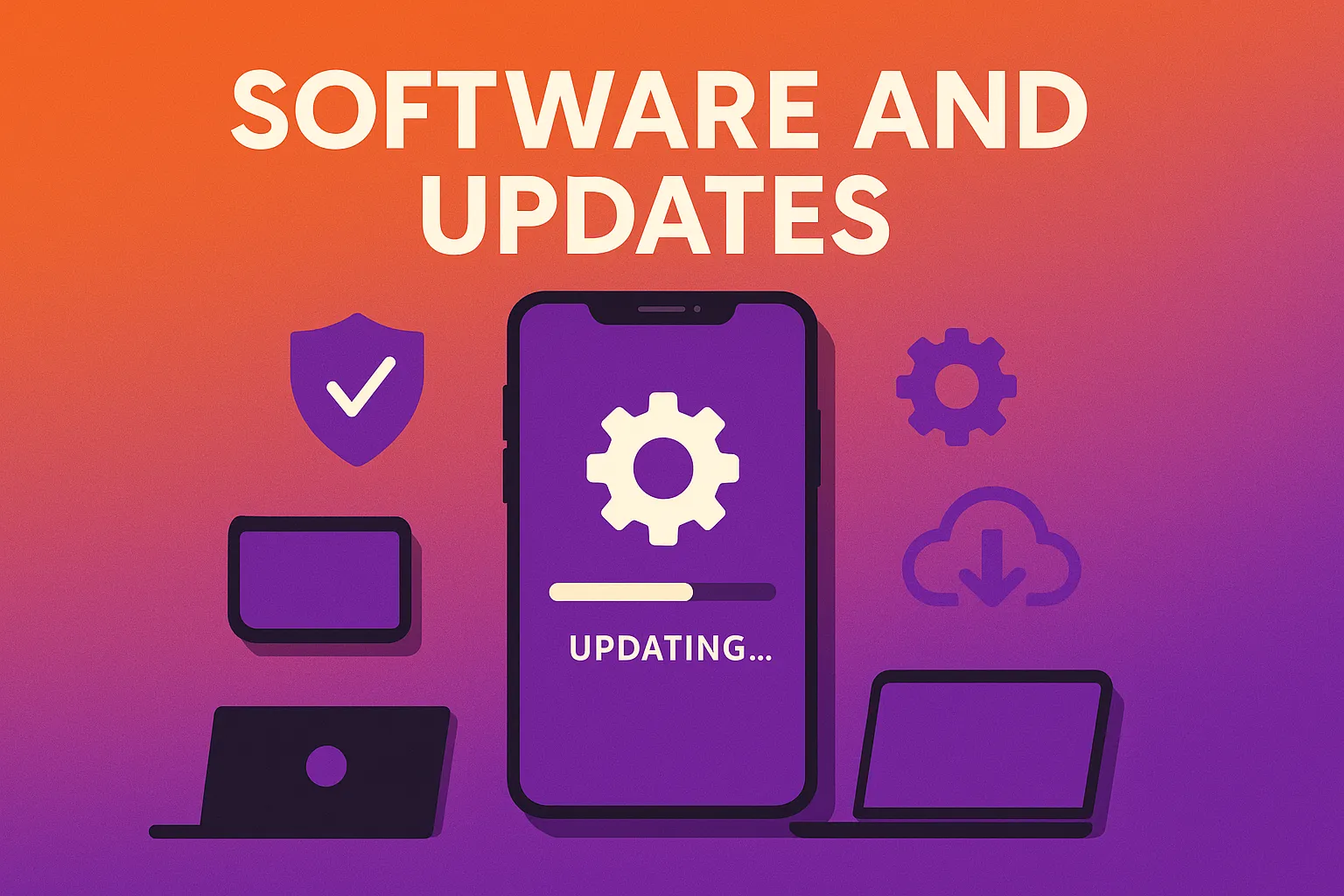
Software and Updates: Don’t Get Left Behind
Android phones come with different software versions. You want a phone with Android 14 or higher.
Some brands also give more updates than others. For example, Samsung, Google, and OnePlus are known for long software support.
A good phone should get at least 2 to 3 years of updates. That keeps your phone safe and running smoothly. Avoid phones that run Android Go unless you're on a tight budget. They’re slower and come with limited features.
Lastly, don’t overlook software preferences (Android vs Ios) —some people love the customization Android offers, others prefer the simplicity and updates of iOS. productnation
Comparison Table - Top Smartphones To Buy Online
| Phone Model | Product Image | Approx. Price (₱) | Where to Buy | Display | Camera Quality | Battery Life |
|---|---|---|---|---|---|---|
| Samsung Galaxy S25 Ultra |
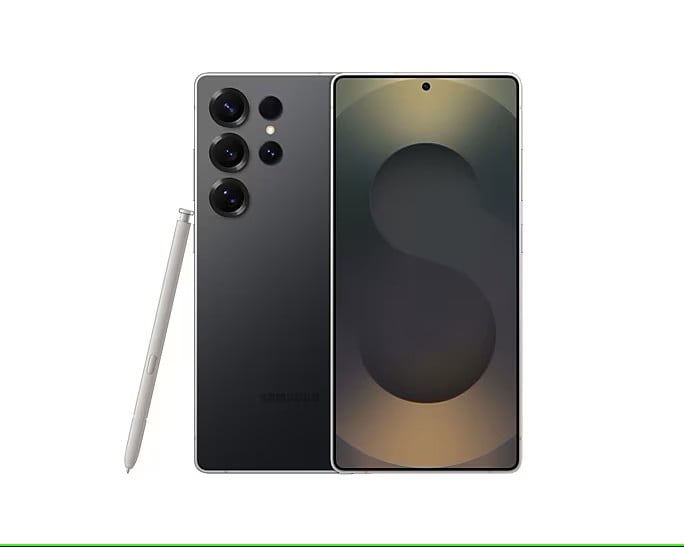 |
~₱78,000 | 6.8” AMOLED 120Hz | 200MP, pro-level | All day | |
| iPhone 16 Pro Max |
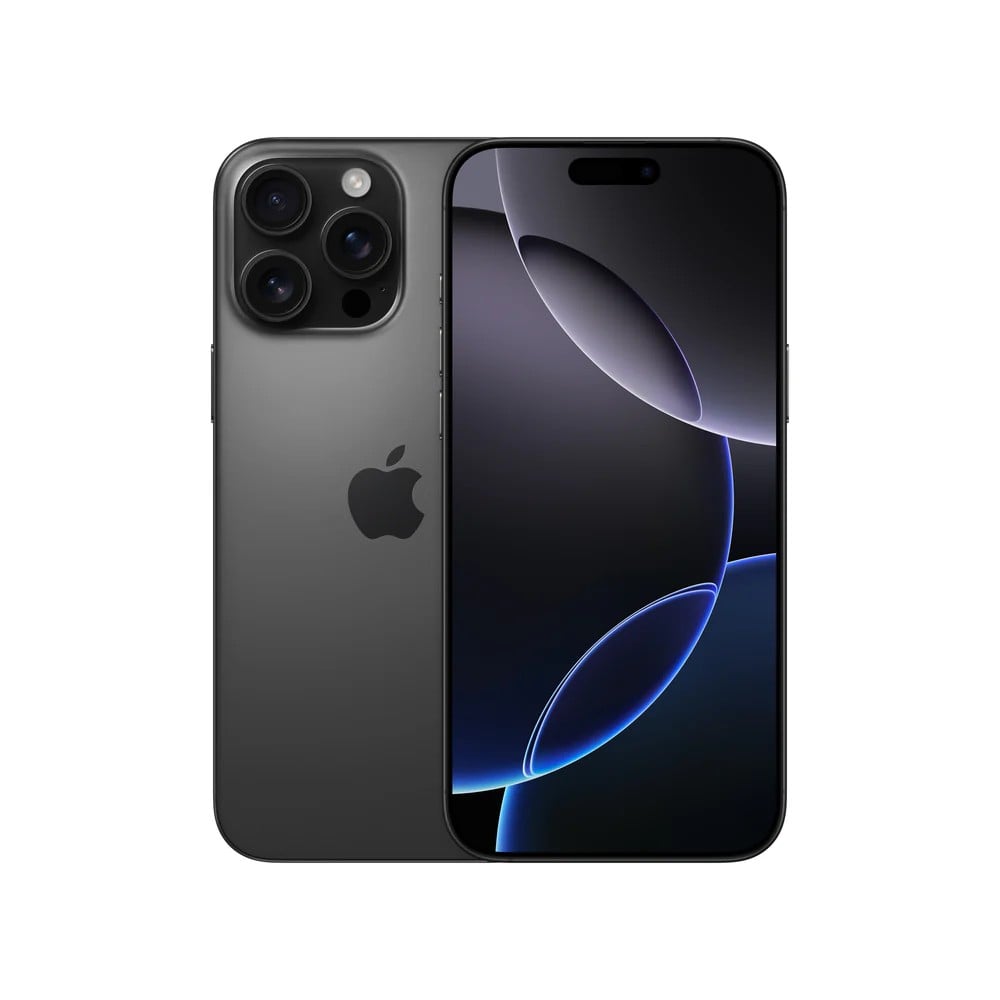 |
~₱85,000 | 6.7” OLED 120Hz | Excellent video | All day | |
| Realme GT Neo 6 5G |
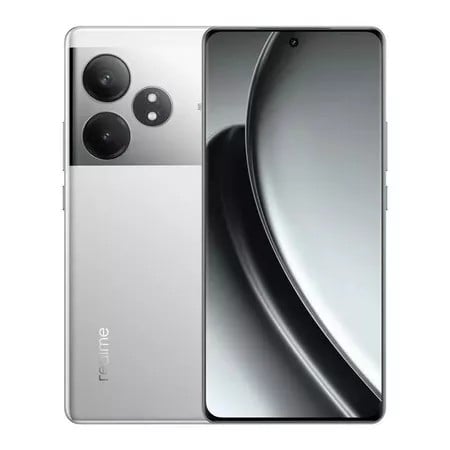 |
~₱16,000 | 6.72” AMOLED 120Hz | Decent | Good | |
| Xiaomi 13T Pro |
 |
~₱30,000 | 6.67” AMOLED 120Hz | Great low light | Fast charging | |
| Vivo X100 |
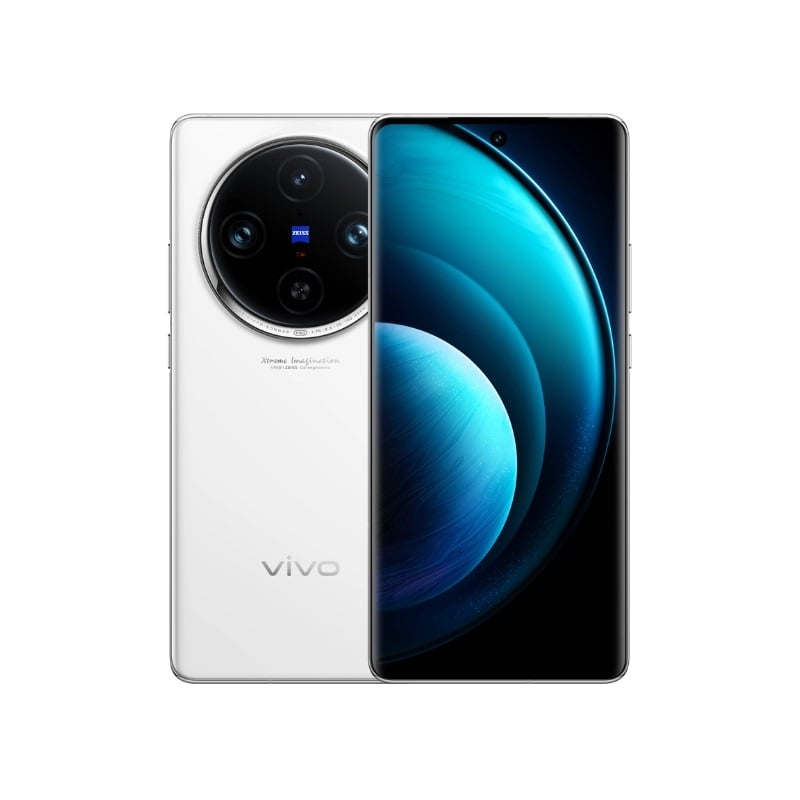 |
~₱60,000 | 6.78” AMOLED 120Hz | Leica optics | Good | |
| ASUS ROG Phone 8 |
 |
~₱62,000 | 6.78” AMOLED 165Hz | Good gaming cam | Massive | |
| Samsung Galaxy A15 5G |
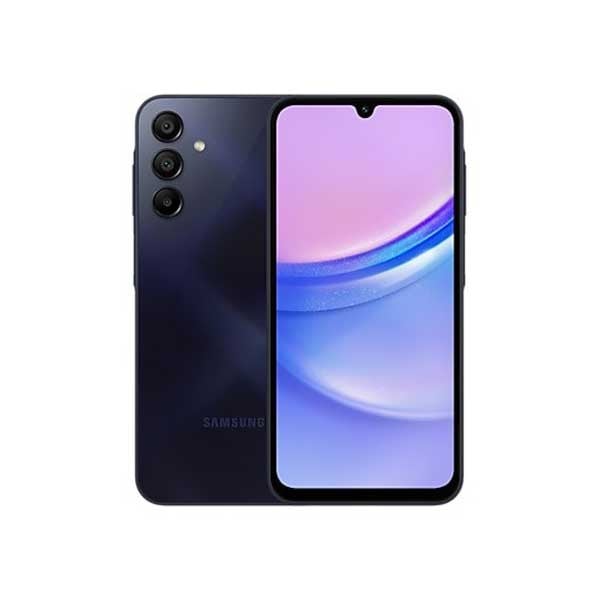 |
~₱9,000 | 6.6” PLS LCD 90Hz | Average | Good | |
| Infinix Zero 30 |
 |
~₱10,000 | 6.78” AMOLED 120Hz | Average | Good | |
| Google Pixel 8 Pro |
 |
~₱68,000 | 6.7” OLED 120Hz | Computational photo | Average | |
| OnePlus 12R |
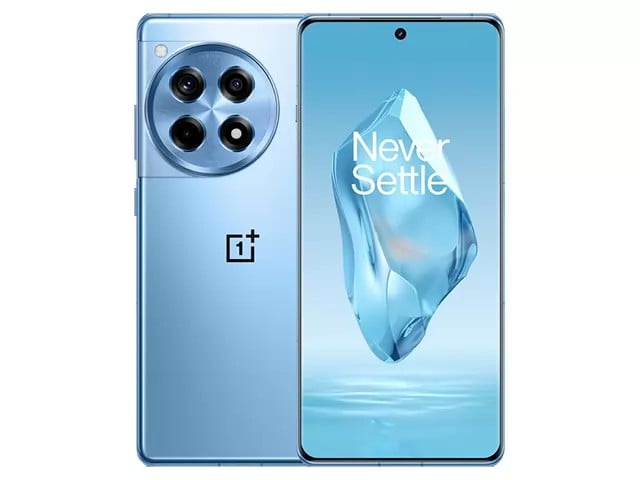 |
~₱42,000 | 6.67” AMOLED 120Hz | Good | Good |
Frequently Asked Questions answered by ProductNation team

How much should I spend on a smartphone in 2025?
It depends on your needs and budget. Entry-level smartphones start around ₱5,000, offering basic features suitable for calls, texts, and light app usage. Mid-range devices, priced between ₱15,000 to ₱25,000, provide better performance, cameras, and displays. Flagship models can go upwards of ₱50,000, boasting top-tier specs, advanced cameras, and premium build quality.
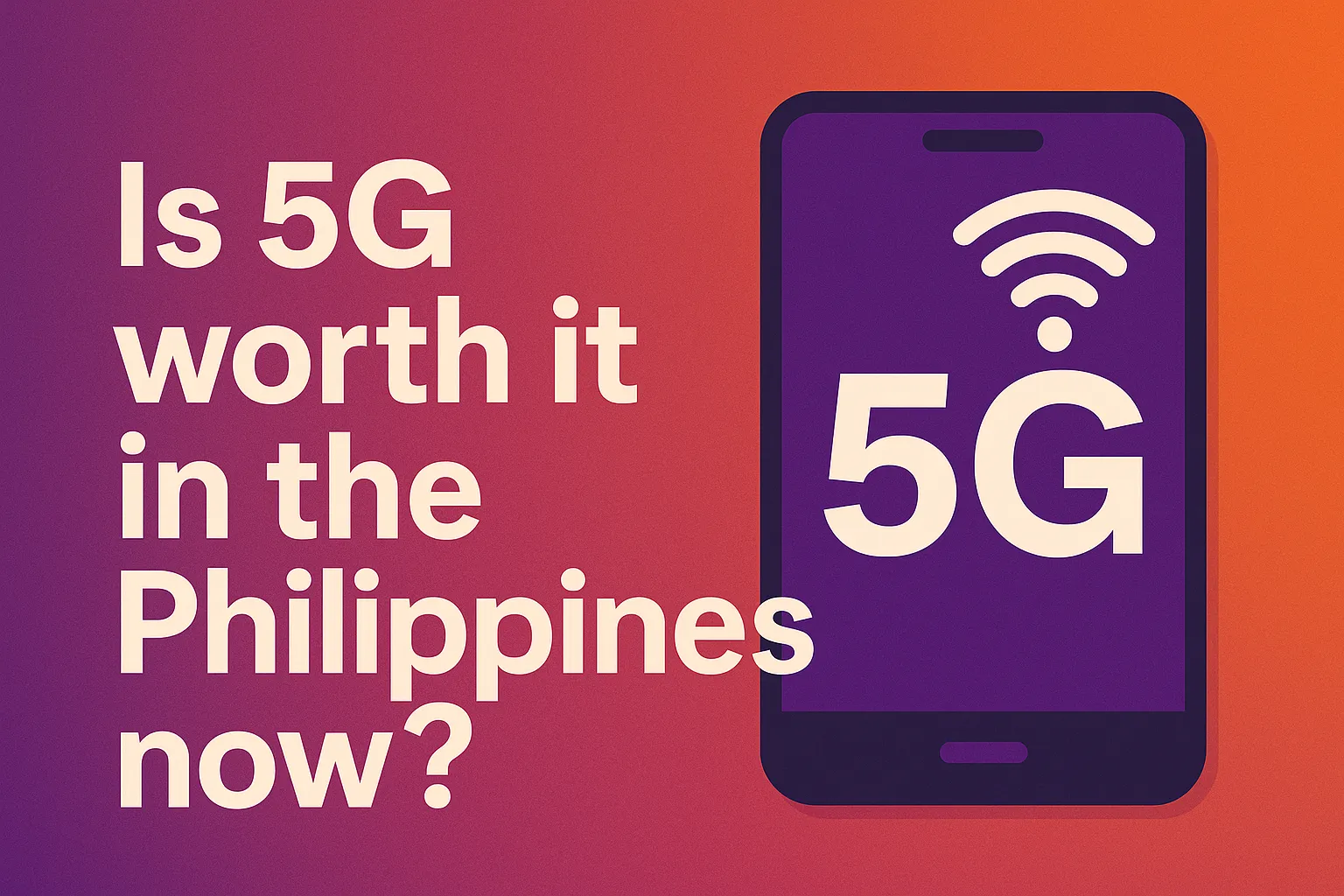
Is 5G worth it in the Philippines now?
5G coverage in the Philippines has been expanding, especially in urban areas. If you live in a city with good 5G infrastructure and require faster internet speeds for streaming, gaming, or work, investing in a 5G-capable phone might be beneficial. However, for general use, 4G still suffices in many regions.
How long should a smartphone last before I need to upgrade?
On average, a smartphone can last 2 to 3 years before performance starts to decline or software updates cease. Regular maintenance, like clearing unused apps and updating software, can extend its lifespan. If your device still meets your needs, there's no rush to upgrade.

What's the difference between AMOLED and LCD screens?
AMOLED screens offer vibrant colors, deeper blacks, and better energy efficiency, especially when displaying dark themes. LCD screens are generally brighter and more affordable but might not provide the same color depth. If you prioritize media consumption and aesthetics, AMOLED might be the way to go.

Are more cameras on a smartphone better?
Not necessarily. While multiple cameras can offer versatility—like wide-angle shots or depth sensing—the quality of each lens and the software processing play significant roles. A phone with fewer but higher-quality lenses can outperform one with multiple mediocre ones.
List of 10 Top Smartphones in the Philippines 2025

Why It's Our Top Pick
The Galaxy S25 Ultra is designed for users who demand top-tier performance and cutting-edge technology. Whether you're a photography enthusiast, a mobile gamer, or someone who requires a reliable device for daily tasks, this smartphone delivers on all fronts. Its robust build quality and premium design further enhance its appeal, making it a worthwhile investment for those seeking the best in mobile technology.
Mini Verdict:
Let’s start with the big daddy. The Galaxy S25 Ultra isn’t just a phone; it’s like carrying a mini-computer in your pocket. I mean, the display? Crisp enough to make your eyes pop, and the camera setup... oh boy, it’s like having a pro photographer tagging along.
Specs:
- Display: 6.8” Dynamic AMOLED 2x, 120Hz refresh rate
- Processor: Exynos 2400 / Snapdragon 8 Gen 3 (region-dependent)
- Camera: 200MP main, 12mp ultra-wide, dual telephoto lenses
- Battery: 5,000mAh with 45W fast charging
- RAM/Storage: Up to 16GB RAM / 1TB storage
Why We Recommend It:
Most users rave about the stunning display and stellar camera performance. Many praised how the phone handles intense multitasking and gaming without breaking a sweat. On the flip side, a few mentioned that it’s heavier, so it might feel bulky for some. Battery life generally gets a thumbs up, but heavy users say they need a midday top-up.

Mini Verdict:
If you’re team Apple, the iPhone 16 Pro Max is where it’s at. Smooth as butter, reliable as your best friend, and with a camera that’s just as smart as you are.
Specs:
- Display: 6.7” Super Retina XDR OLED, ProMotion 120Hz
- Processor: A18 Bionic chip
- Camera: 48MP main, 12MP ultra-wide, 12MP telephoto
- Battery: Approx. 4,400mAh, MagSafe wireless charging
- RAM/Storage: 8GB RAM / up to 1TB storage
Why We Recommend It:
iPhone fans love its buttery smooth iOS experience and the cinematic video mode that makes vlogging a breeze. Battery life gets high marks for lasting through long, busy days. Some users wish the price were a little friendlier, but most agree it’s worth the investment for what you get.

Mini Verdict:
Okay, real talk, not everyone’s ready to drop a fortune on a phone, and that’s perfectly fine. Enter the Realme GT Neo 6, a budget-friendly champ that punches way above its weight.
Specs:
- Display: 6.72” AMOLED, 120Hz refresh rate
- Processor: MediaTek Dimensity 9200+
- Camera: 50MP main, 8MP ultra-wide
- Battery: 4,500mAh, 80W fast charging
- RAM/Storage: Up to 12GB RAM / 256GB storage
Why We Recommend It:
Users are consistently impressed with the smooth gaming and general performance for its price. The display quality is often highlighted as a surprise bonus. Camera quality is decent for casual photos, but it doesn’t wow everyone. Build feels a bit plastic-y, but most say it’s solid for the cost.

Mini Verdict:
Xiaomi strikes the perfect balance between power, performance, and design. With lightning-fast charging and impressive low-light camera capabilities, this phone is a winner for those who need both style and substance.
Specs:
- Display: 6.67” AMOLED, 120Hz
- Processor: MediaTek Dimensity 9200+
- Camera: 200MP main, 8MP ultra-wide
- Battery: 5,000mAh, 120W fast charging
- RAM/Storage: Up to 16GB RAM / 512GB storage
Why We Recommend It:
If you’re looking for a phone with rapid charging, a powerful camera, and smooth multitasking, the Xiaomi 13T Pro is a solid option. The 120W fast charging is a standout feature, making it perfect for those who don’t want to spend much time waiting for their phone to charge. The camera’s low-light performance will appeal to night photographers, and the sleek design offers a premium feel.

Mini Verdict:
For photography lovers, the Vivo X100 is a must-have. The Leica-branded camera setup delivers vibrant and sharp images that rival professional cameras, perfect for those who want to take their mobile photography to the next level.
Specs:
- Display: 6.78” AMOLED, 120Hz
- Processor: MediaTek Dimensity 9200+
- Camera: 50MP main (Leica), 12MP portrait, 8MP periscope telephoto
- Battery: 4,500mAh, 44W fast charging
- RAM/Storage: Up to 12GB RAM / 256GB storage
Why We Recommend It:
For users who prioritize camera quality, the Vivo X100 is a standout. Thanks to its Leica partnership, photos are crisp, vibrant, and professional-grade, making it an excellent choice for photographers or anyone who values exceptional camera performance. The display and battery life further enhance the experience, making it a great overall device.
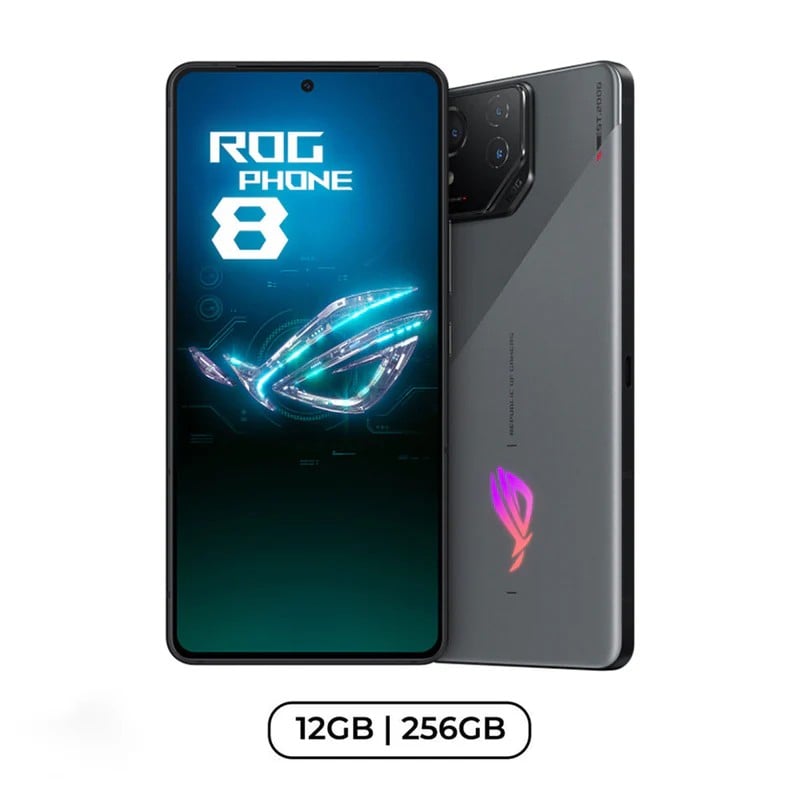
Mini Verdict:
Designed with gamers in mind, the ASUS ROG Phone 8 is built for performance. With a 165Hz display, massive battery, and robust cooling system, it's a beast that can handle even the most demanding mobile games.
Specs:
- Display: 6.78” AMOLED, 165Hz
- Processor: Snapdragon 8 Gen 2
- Camera: 50MP main, 13MP ultra-wide
- Battery: 6,000mAh, 65W fast charging
- RAM/Storage: Up to 16GB RAM / 512GB stora
Why We Recommend It:
If you're serious about mobile gaming, the ASUS ROG Phone 8 is unbeatable. The 165Hz refresh rate ensures ultra-smooth gameplay, and the massive 6,000mAh battery is perfect for long sessions. With effective cooling and customizable gaming features, it’s optimized for power users who demand the best mobile gaming experience.

Mini Verdict:
For those on a budget, the Samsung Galaxy A15 5G offers solid performance for everyday use. With a large battery, decent camera, and a dependable interface, it’s a reliable choice without breaking the bank.
Specs:
- Display: 6.6” PLS LCD, 90Hz
- Processor: MediaTek Helio G80
- Camera: 50MP main, 2MP depth sensor
- Battery: 5,000mAh, 15W charging
- RAM/Storage: Up to 6GB RAM / 128GB storage
Why We Recommend It:
The Samsung Galaxy A15 5G is an excellent option for those who need a budget-friendly phone for basic tasks. The large battery ensures long-lasting use, and its straightforward performance makes it ideal for casual users. While the display resolution and charging speed aren’t top-tier, it’s a solid device for everyday activities.

Mini Verdict:
The Infinix Zero 30 brings big screen benefits without the hefty price tag. Perfect for media consumption and everyday tasks, it's a great option for anyone looking for a large, vibrant display on a budget.
Specs:
- Display: 6.78” AMOLED, 120Hz
- Processor: MediaTek Helio G99
- Camera: 50MP main, 2MP depth sensor
- Battery: 4,200mAh, 33W charging
- RAM/Storage: Up to 8GB RAM / 256GB storage
Why We Recommend It:
For those who want a large display without spending too much, the Infinix Zero 30 is an excellent choice. The vibrant AMOLED screen is perfect for watching movies or browsing the web, and the battery life is solid for all-day use. Although the camera is average, the price makes it a great value overall.
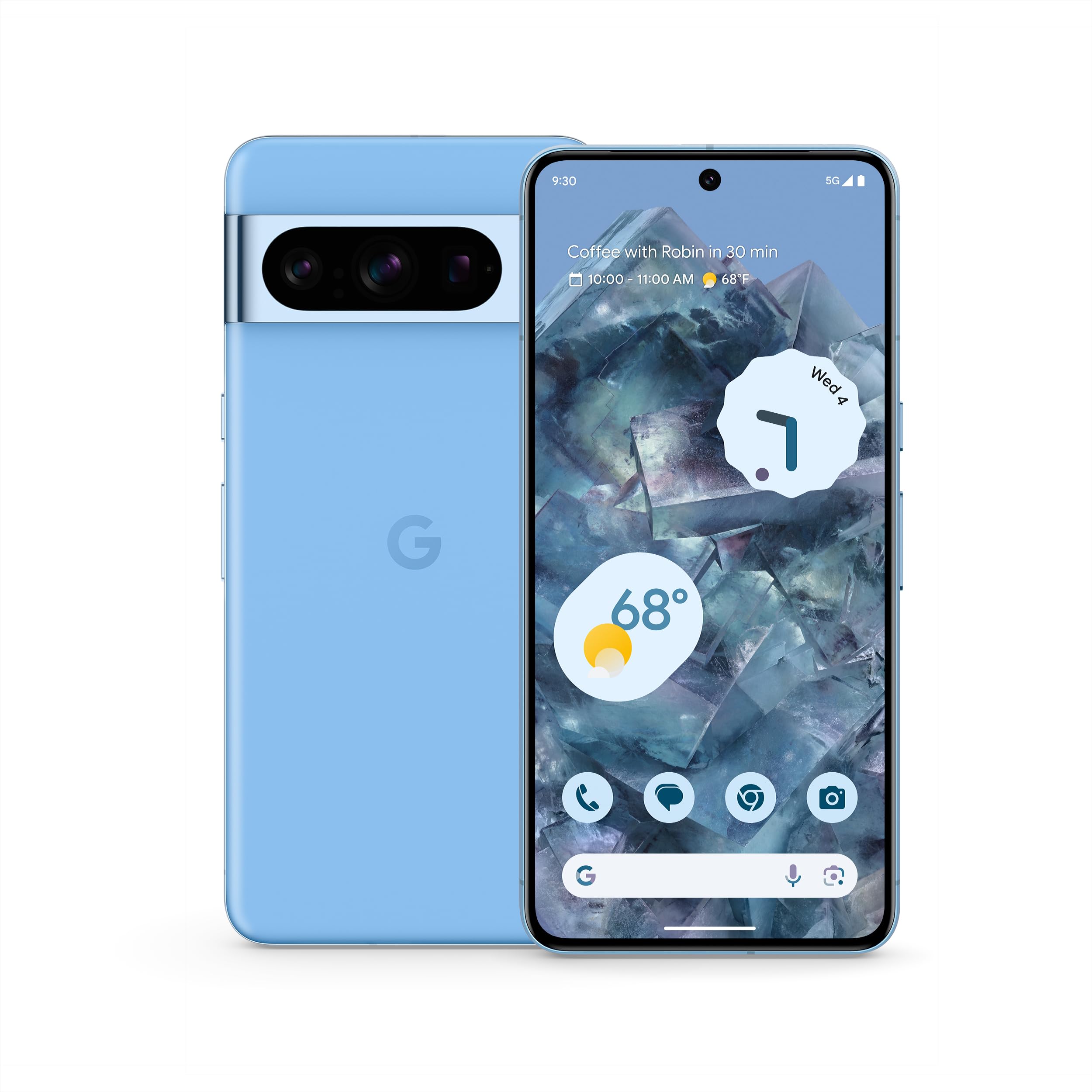
Mini Verdict:
The Google Pixel 8 Pro is the go-to choice for those who want a clean, pure Android experience with amazing computational photography. If you're all about fast updates and top-notch AI-powered cameras, this phone is for you.
Specs:
- Display: 6.7” LTPO OLED, 120Hz
- Processor: Google Tensor G3
- Camera: 50MP main, 48MP telephoto, 12MP ultra-wide
- Battery: 5,000mAh, 30W charging
- RAM/Storage: 12GB RAM / up to 512GB storage
Why We Recommend It:
The Pixel 8 Pro is ideal for those who appreciate a clean, bloat-free Android experience and want the best of Google’s software and AI. The computational photography, which enhances camera performance, is excellent for photographers, and its sleek design makes it a great choice for anyone who values both aesthetics and functionality.

Mini Verdict:
The OnePlus 12R continues the brand’s legacy of fast and smooth performance. With rapid 100W charging and a clean software experience, it’s perfect for users who prioritize speed and efficiency.
Specs:
- Display: 6.67” AMOLED, 120Hz
- Processor: MediaTek Dimensity 9200+
- Camera: 50MP main, 8MP ultra-wide
- Battery: 5,000mAh, 100W charging
- RAM/Storage: Up to 16GB RAM / 512GB storage
Why We Recommend It:
The OnePlus 12R is for those who need fast performance with minimal fuss. The smooth software experience and rapid charging ensure that your day-to-day usage is snappy and efficient. It may not have the best camera compared to other flagship phones, but its performance and charging speed make up for it.
Conclusion
Well, that was a techy rollercoaster, wasn’t it? Between the megapixels, refresh rates, and “AI-enhanced” everything, choosing a smartphone these days is like dating—lots of options, most look good on paper, but only a few are truly your type. So… which one’s giving you butterflies? Perhaps, want to check about the latest tech of Smartphones in the future?


